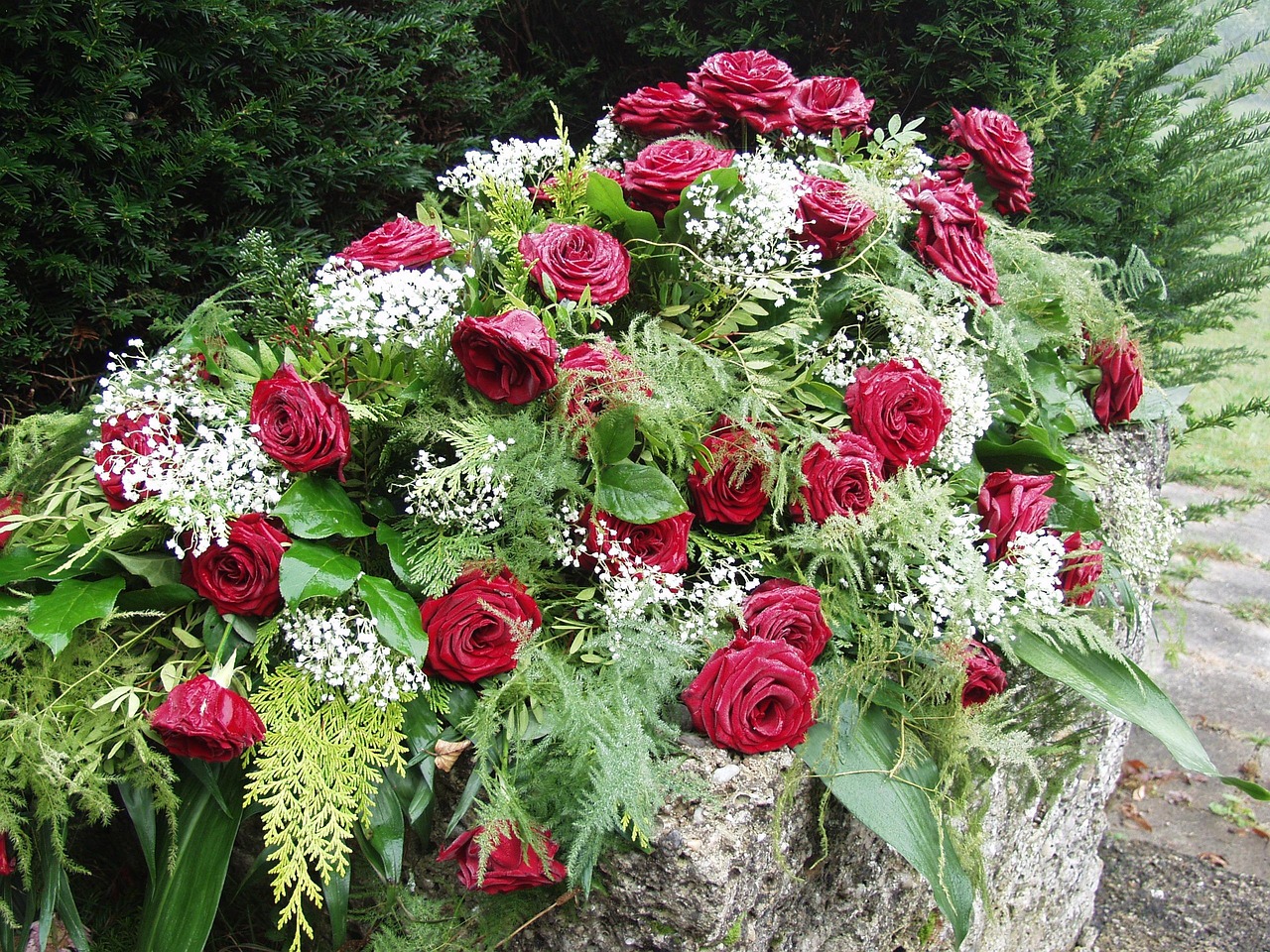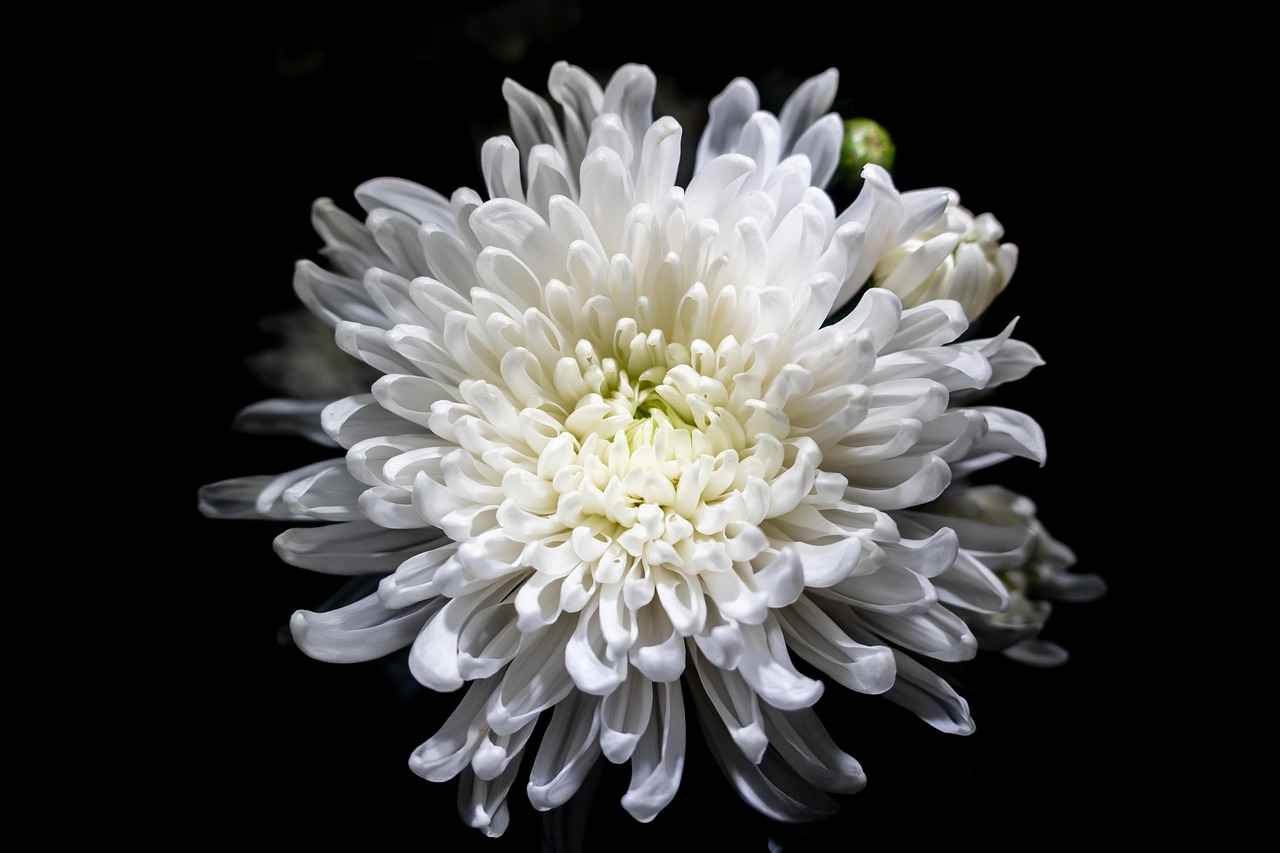Choosing Wedding Flowers: A Guide to Finding the Perfect Blooms for Your Big Day
Wedding flowers play a crucial role in setting the mood, enhancing the aesthetic, and even telling the story of the couple’s love. Whether you’re drawn to traditional romance, modern minimalism, or a whimsical bohemian vibe, the flowers you select will reflect your unique style. From bouquets and centerpieces to the floral decorations that fill the venue, choosing wedding flowers requires careful consideration of several factors, including budget, seasonal availability, and personal taste. Here’s a guide to help you navigate the world of wedding flowers.
1. Consider Your Wedding Theme and Colour Palette
Before diving into flower choices, it’s essential to establish a clear understanding of your wedding theme and colour palette. The flowers you select should complement the overall aesthetic of your day, from your attire to the décor. For example, if you’re having a rustic outdoor wedding, wildflowers, lavender, and daisies may create a natural, relaxed look. Alternatively, if you’re planning a formal indoor affair, classic roses, orchids, or lilies might be more fitting.
Consider the season and location as well. A summer beach wedding might lend itself to tropical flowers like hibiscus or frangipani, while a winter wedding could call for deep red poinsettias, white roses, and evergreen sprigs. Choosing flowers that match the season not only ensures the blooms will be fresh and available, but it also helps your design feel cohesive with the surroundings.
2. Select a Signature Flower for Your Bouquet
The bridal bouquet is often the focal point when it comes to wedding flowers. It’s one of the first things that guests notice, so selecting a signature flower that holds meaning or simply appeals to you can be a wonderful starting point. Perhaps there’s a specific flower tied to a special memory or a flower that represents a certain sentiment. For example, peonies are often associated with romance and good fortune, while orchids symbolize love and beauty.
You can use this flower as the main element of your bouquet, or allow it to inspire the overall floral design. For a timeless, elegant touch, consider using roses, lilies, or calla lilies in your bouquet. If you’re looking for something more eclectic, a combination of garden flowers like dahlias, anemones, and ranunculus might create a fresh and modern vibe.
3. Factor in Budget and Quantity
Wedding flowers can range from budget-friendly blooms like carnations and sunflowers to more expensive options such as peonies and orchids. It’s important to set a realistic budget before you start choosing flowers, as costs can quickly add up, especially when you need flowers for bouquets, boutonnieres, centerpieces, and other decorative arrangements.
If you’re on a tight budget, consider using in-season flowers, which tend to be more affordable. For example, carnations and chrysanthemums are beautiful and budget-friendly options that can be arranged in a variety of styles. Additionally, opting for fewer arrangements or mixing flowers with greenery and other decorative elements can help stretch your budget further.
If you’re keen on having an extravagant floral display, work closely with a florist to prioritize the most important pieces, like the bridal bouquet, and consider using less expensive flowers for table centerpieces and aisle décor.
4. Think About Fragrance
While visual beauty is the main draw of wedding flowers, fragrance should not be overlooked. The scent of flowers can add an extra layer of sensory appeal to your wedding day. Roses, lilies, and jasmine are fragrant blooms that can fill the air with a romantic scent, while lavender provides a calming and soothing aroma.
However, it’s worth considering the venue and potential allergies of your guests. If you’re hosting an outdoor wedding or a ceremony in a confined space, a heavy floral scent might be overpowering. You may want to balance fragrant flowers with non-scented blooms or foliage.
5. Incorporate Meaning and Sentiment
Flowers are rich in symbolism, and many couples choose flowers based on their meanings. For example, daisies represent innocence, while ivy is associated with fidelity and friendship. Some couples opt to include flowers that represent their heritage, or perhaps a family favorite flower passed down through generations. If there’s a flower that holds sentimental value for you or your partner, incorporating it into your bouquet or other arrangements can make your floral choices even more meaningful.
6. Work with a Florist
Once you have a clear idea of your flower preferences, work with a skilled florist who can bring your vision to life. Florists can guide you through the process, recommending flowers that match your theme, budget, and available options. They’ll also help with design ideas and ensure that the flowers will hold up well throughout your wedding day. A professional florist will also help with delivery, setup, and breakdown, ensuring that your flowers are in place and ready for your celebration.
Conclusion
Choosing wedding flowers is a deeply personal process, and the right selection can enhance the atmosphere of your wedding, evoke emotions, and tell your love story. By considering your budget, style, theme, and the meanings behind different flowers, you can select blooms that are beautiful, meaningful, and perfectly suited to your special day. Whether you opt for classic roses or a mix of colorful wildflowers, the flowers you choose will serve as a lasting memory of your wedding day for years to come.



